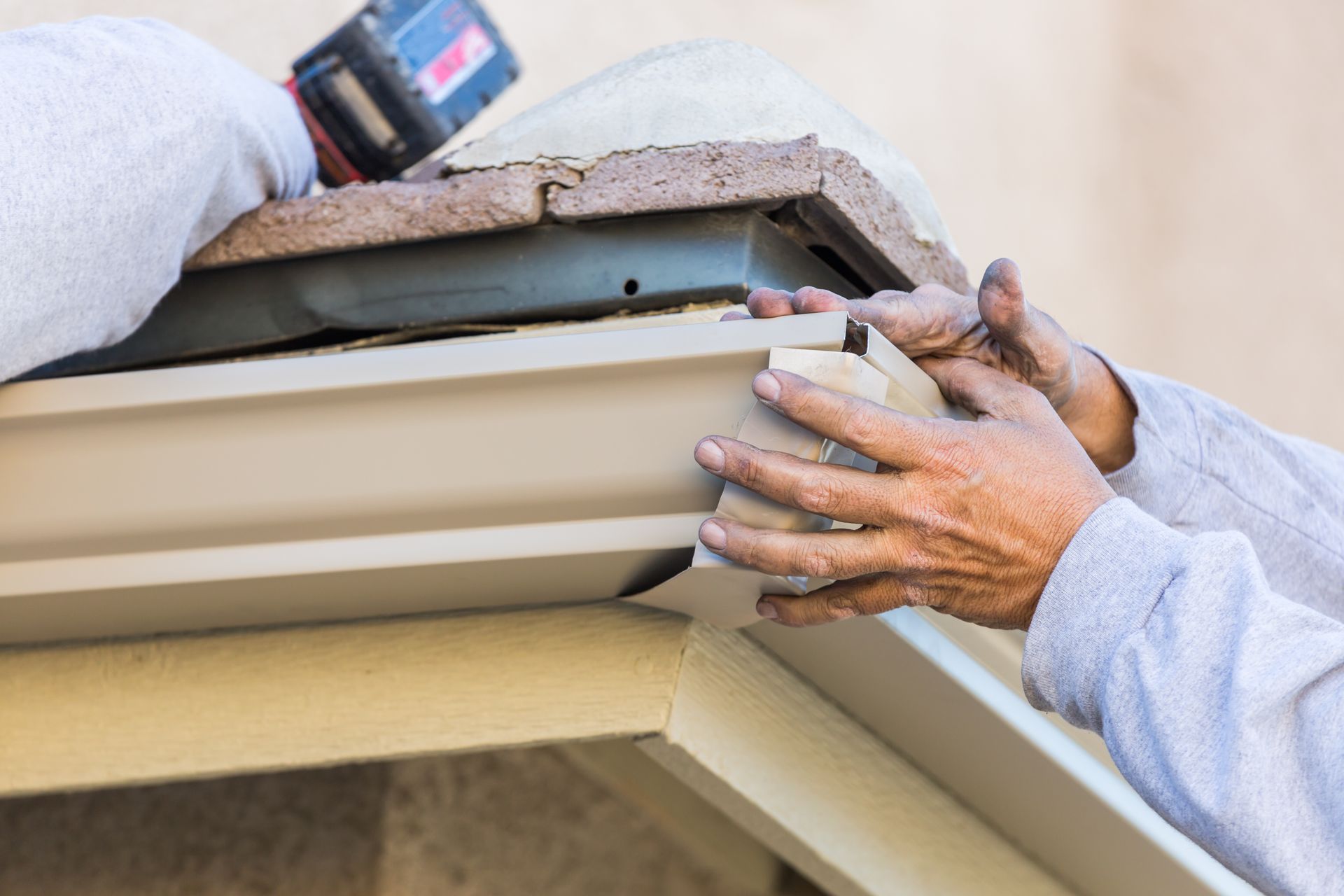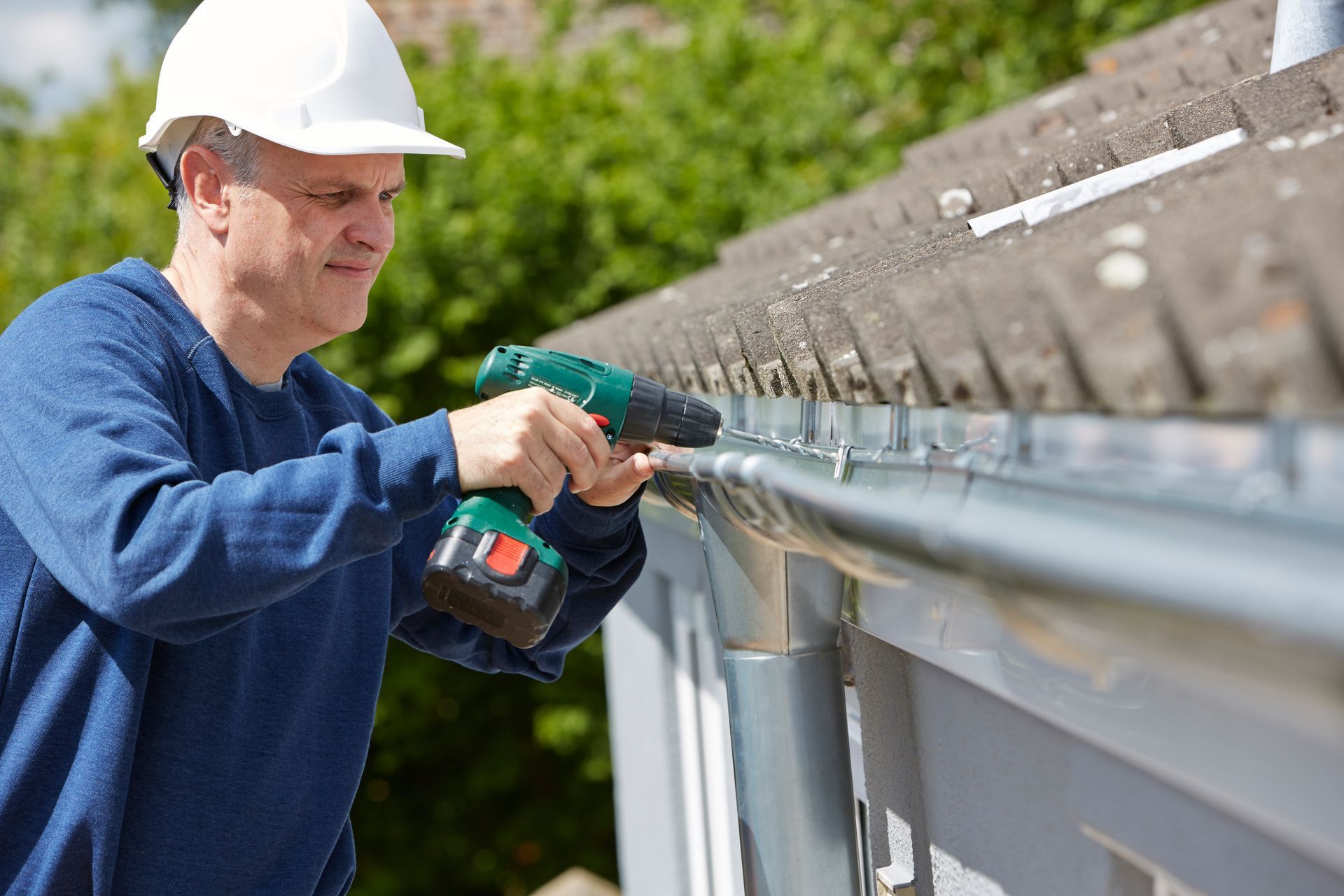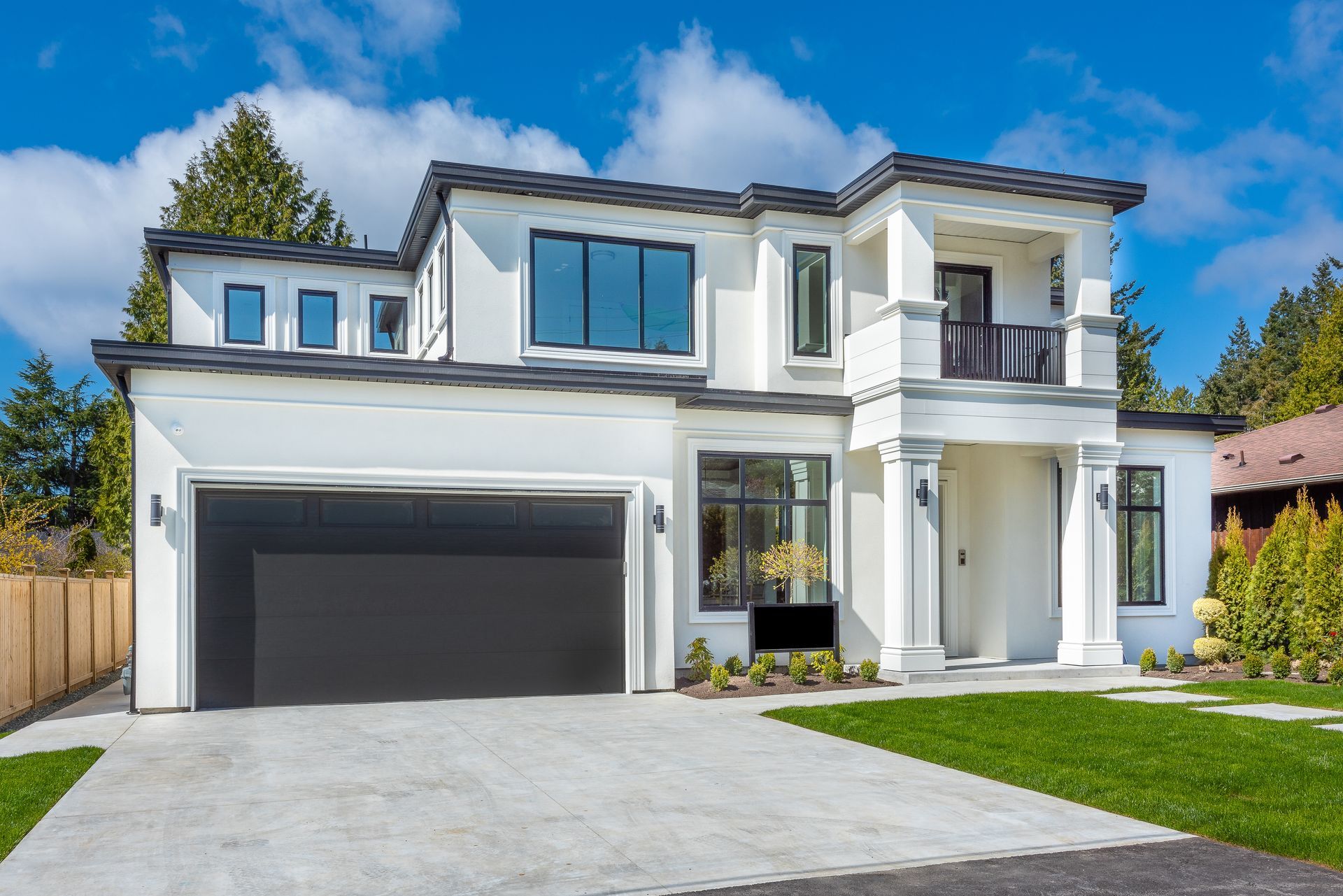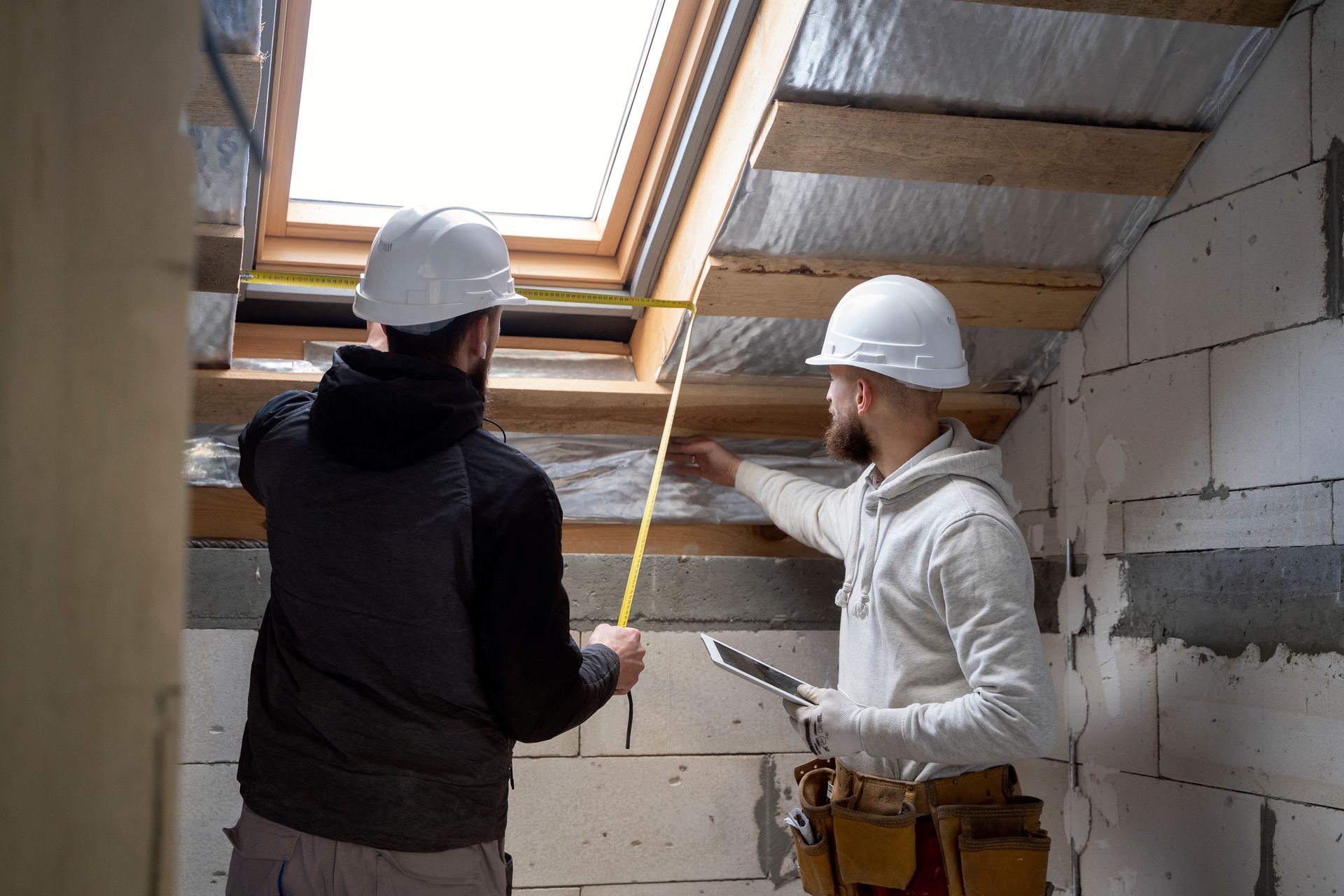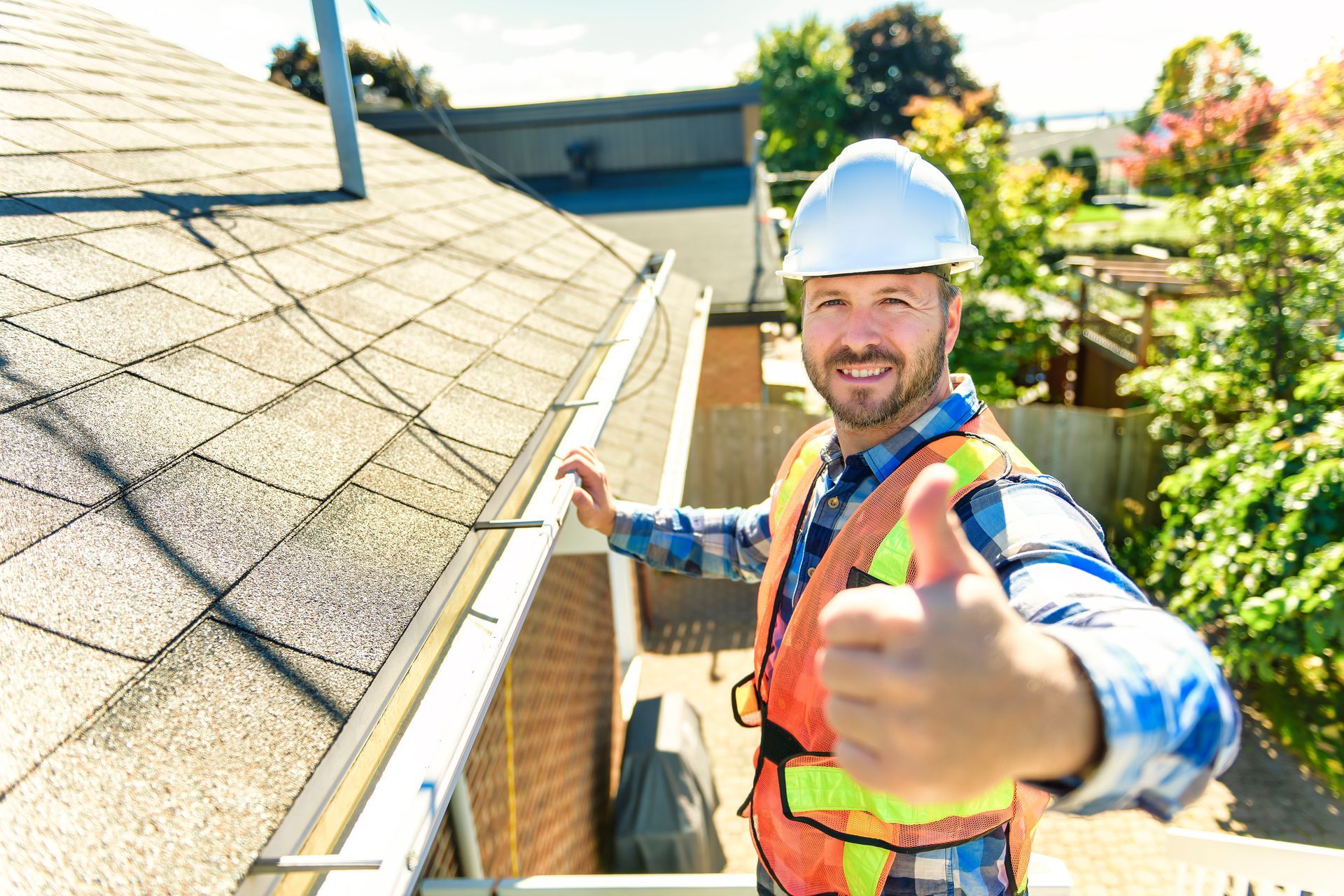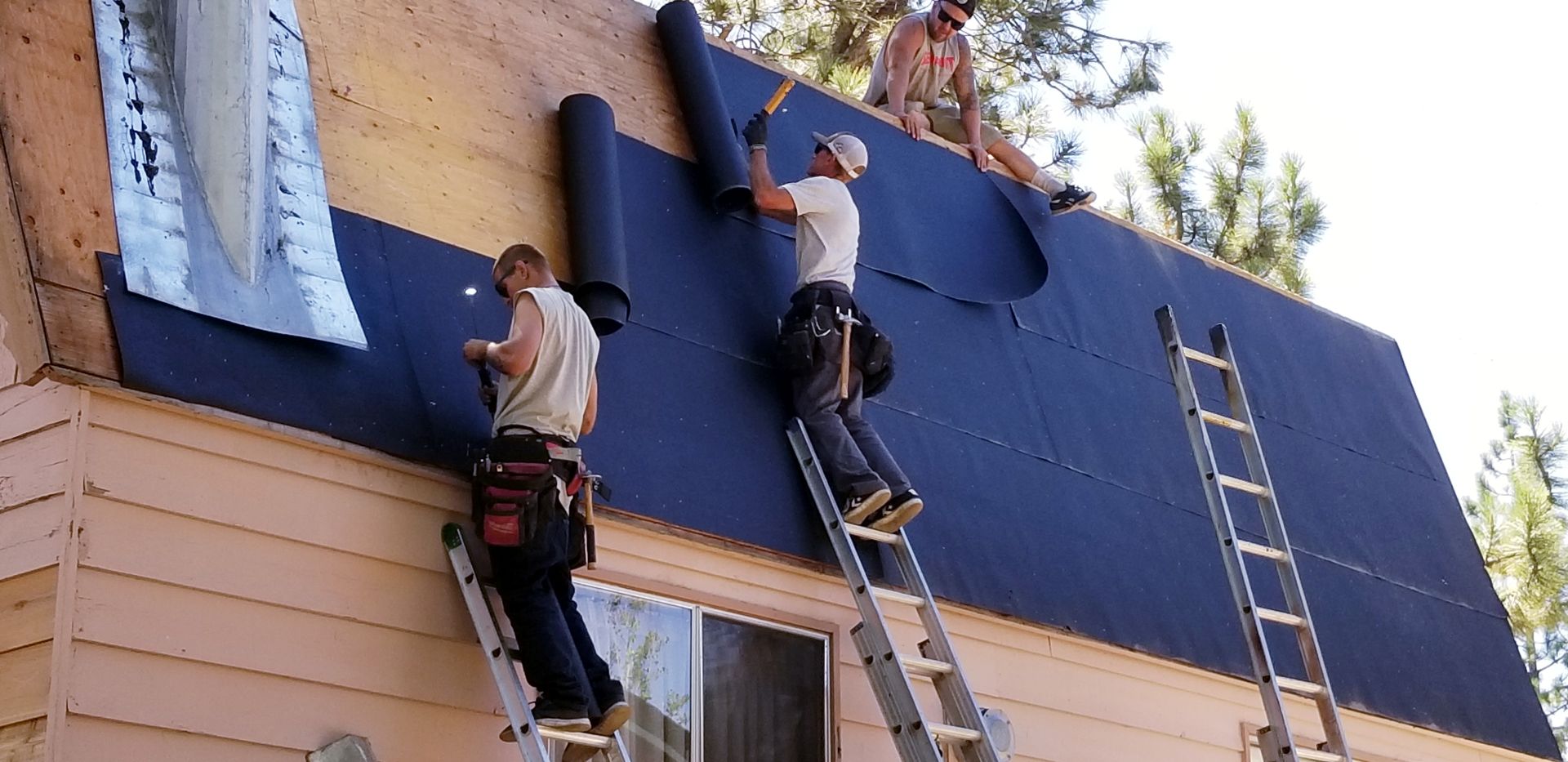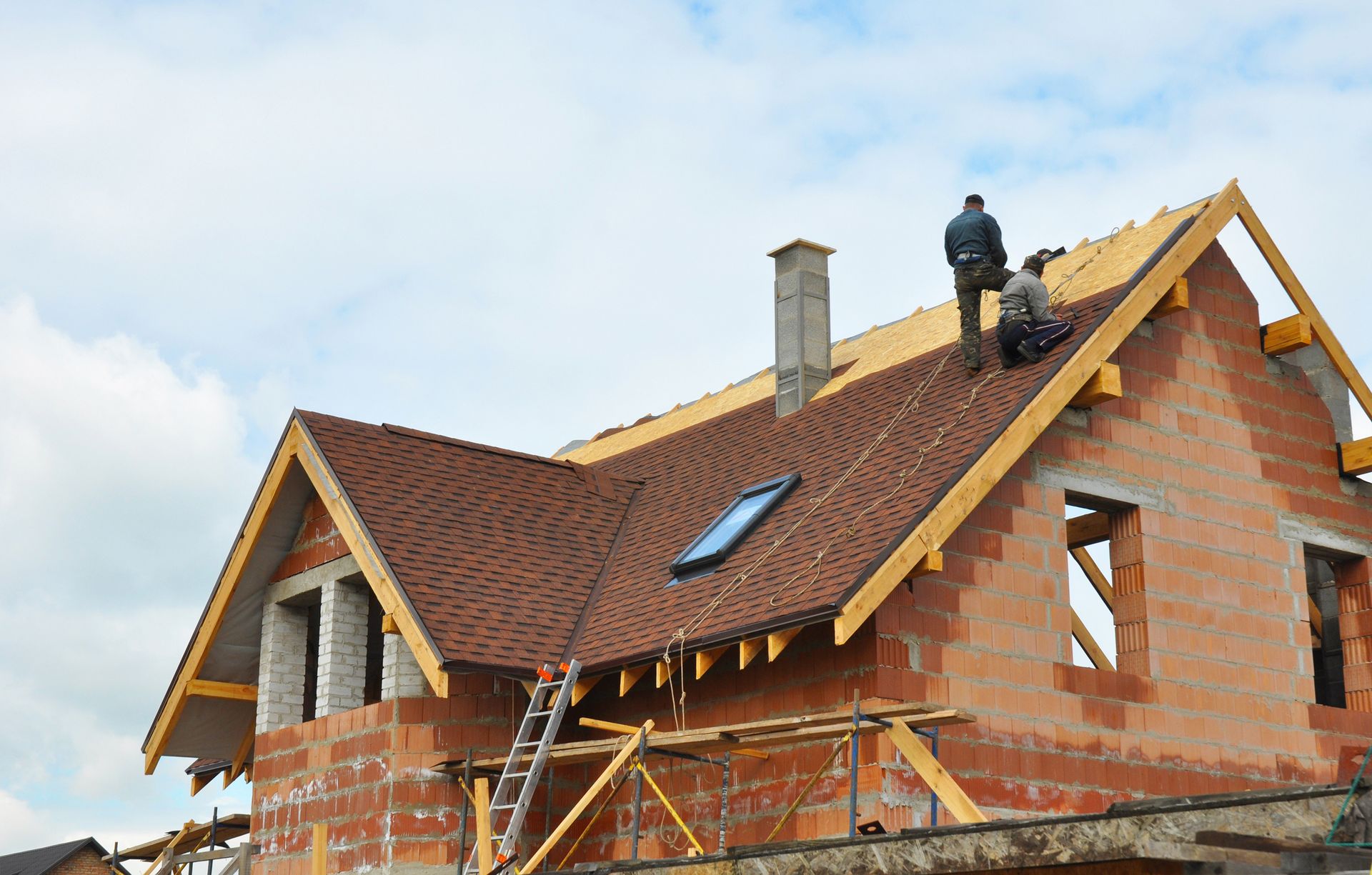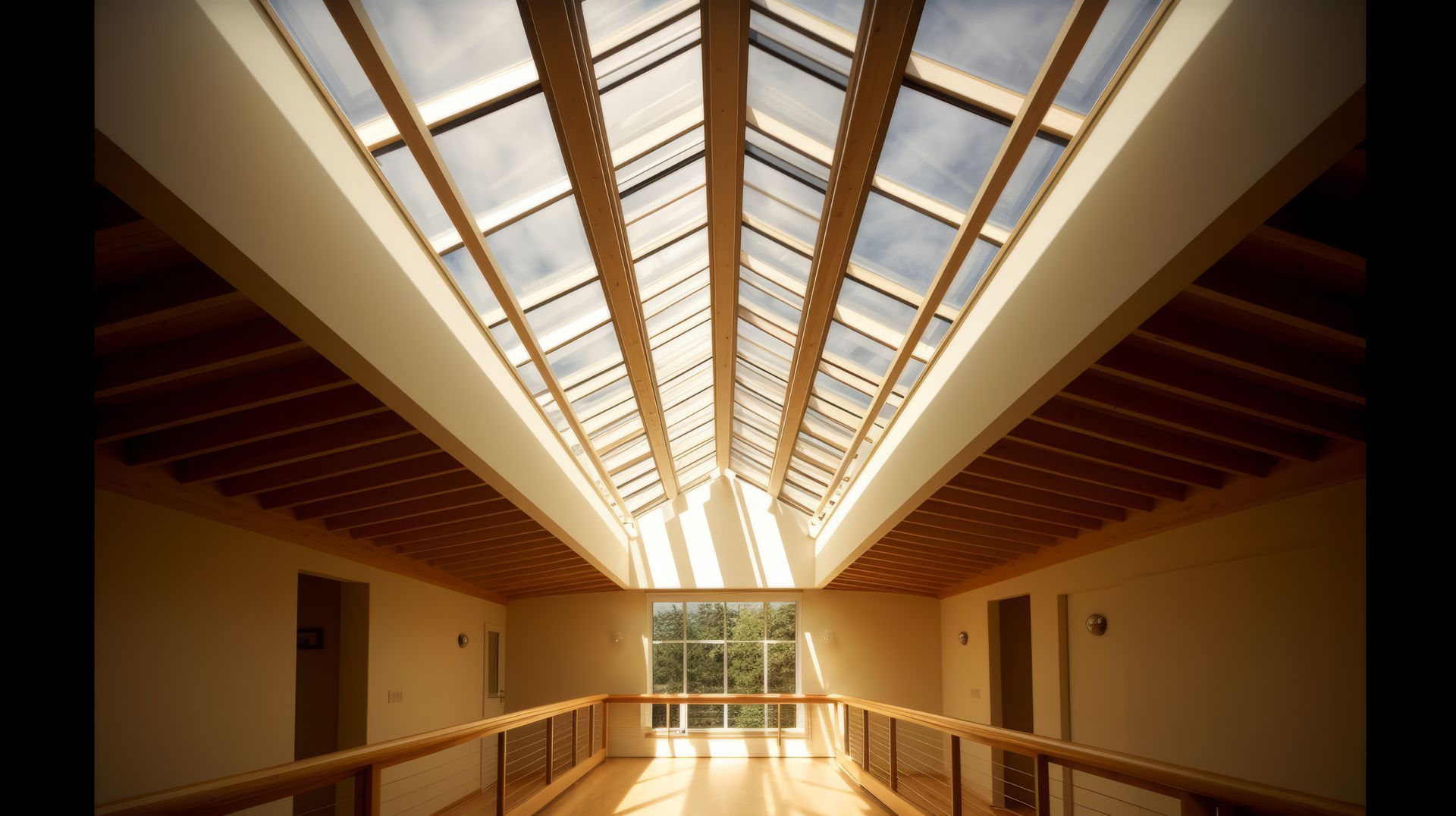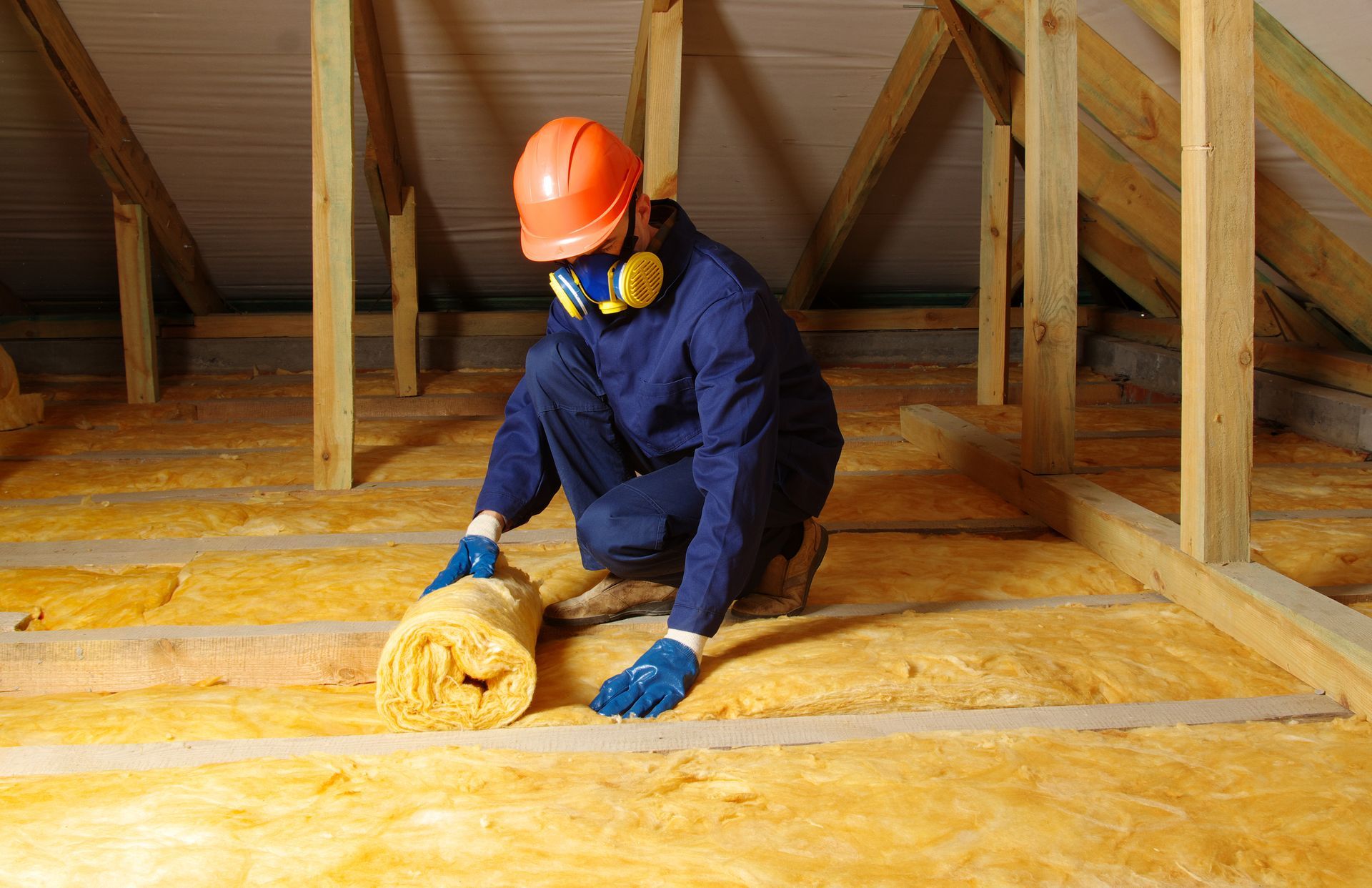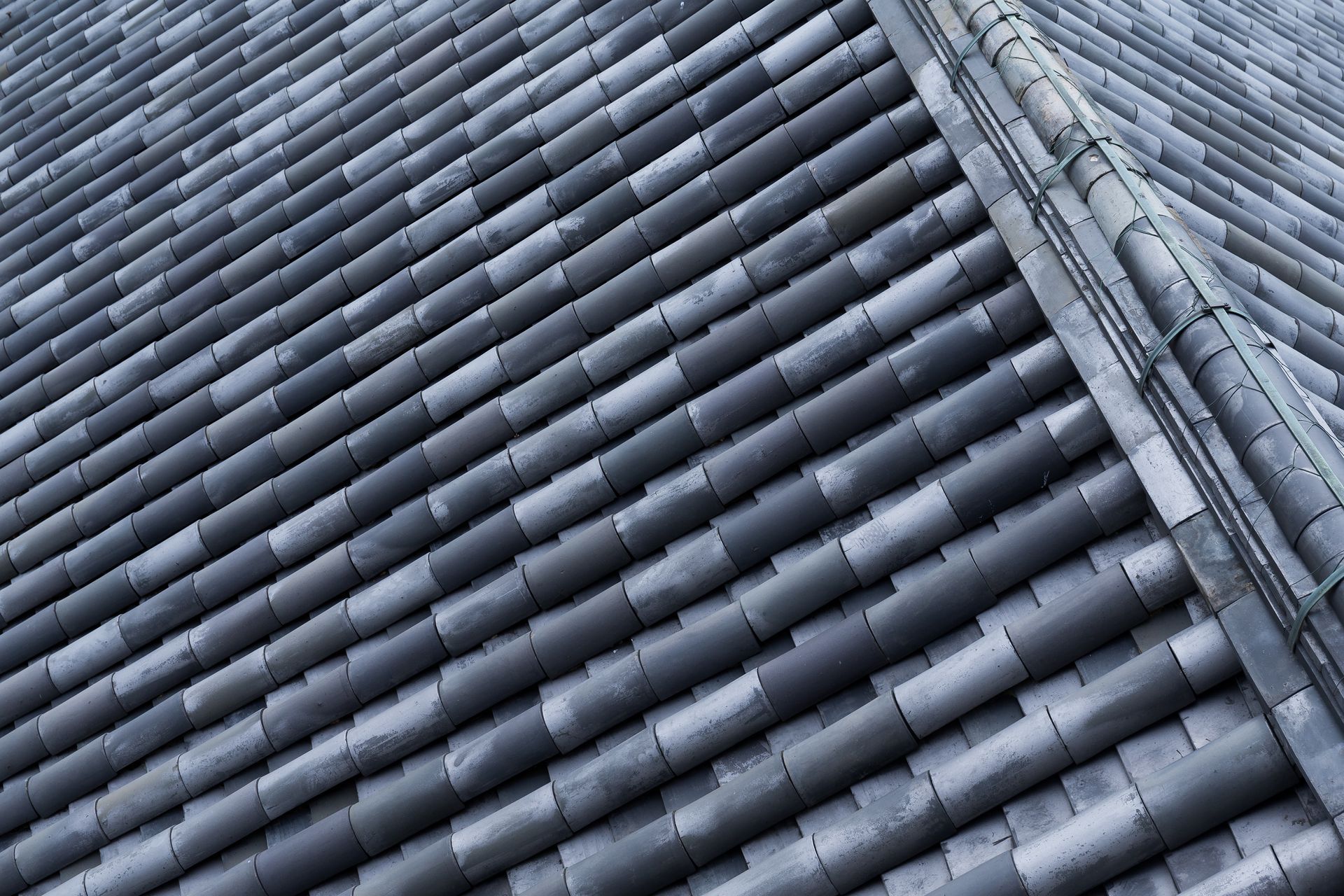How Roof Design Affects Energy Efficiency
Homeowners today are increasingly concerned about energy efficiency and the impact of their homes on the environment. One of the key factors that contribute to a home's energy efficiency is the design of the roof. A well-designed roof can help keep your home cool in the summer and warm in the winter, reducing your energy consumption and lowering your utility bills. In this blog, we will explore how roof design affects energy efficiency and discuss the various roofing options available to help you make the best choice for your home. And remember, when it comes to quality roof installation, you can count on AAA Roofmasters to get the job done right, on schedule, and within budget.
The Role of Roof Design in Energy Efficiency
The design of your roof plays a crucial role in the overall energy efficiency of your home. Factors such as roof slope, materials, and insulation can all have a significant impact on how well your home is able to retain heat in the winter and stay cool in the summer. Let's take a closer look at each of these factors.
1. Roof Slope
The slope of your roof can affect how much sunlight it receives throughout the day. A steeply pitched roof will receive less direct sunlight than a flat or gently sloped roof, which can help to keep your home cooler during the hot summer months. Conversely, a flat or low-slope roof can absorb more heat from the sun, making it more challenging to keep your home cool. When considering a new roof design, it's essential to strike a balance between aesthetics and energy efficiency.
2. Roofing Materials
The materials used to construct your roof can also have a significant impact on its energy efficiency. Traditional asphalt shingles, for example, tend to absorb more heat from the sun than metal or cool roofing materials. Cool roofs are specifically designed to reflect more sunlight and absorb less heat than standard roofs. They can be made from a variety of materials, including reflective paint, sheet coverings, or highly reflective tiles or shingles. By choosing energy-efficient roofing materials, you can help to reduce your home's overall energy consumption.
3. Insulation and Ventilation
Proper insulation and ventilation are crucial for maintaining a comfortable temperature inside your home. Insufficient insulation can result in heat loss during the winter months, while inadequate ventilation can trap hot air in your attic during the summer, making it more challenging to keep your home cool. AAA Roofmasters offers attic insulation services to ensure that your home is properly insulated, helping to improve energy efficiency and lower your utility bills.
Choosing the Right Roof Design for Your Home
When selecting a new roof design, it's essential to consider both the aesthetic appeal and energy efficiency of the various options available. A professional roofing company like AAA Roofmasters can help you choose the best roofing materials and design for your specific needs, ensuring that your new roof is both attractive and energy efficient.
Some popular energy-efficient roofing options to consider include:
- Metal roofing: Metal roofs are durable, long-lasting, and highly reflective, making them an excellent choice for energy efficiency.
- Cool roofing: Cool roofs are designed to reflect more sunlight and absorb less heat than traditional roofs, helping to keep your home cooler and more energy-efficient.
- Green roofs: Green roofs, which involve covering your roof with vegetation, can help to improve insulation and reduce heat absorption, making them an energy-efficient option.
The design of your roof plays a significant role in the overall energy efficiency of your home. By carefully considering factors such as roof slope, materials, and insulation, you can help to ensure that your new roof is both visually appealing and energy-efficient. At AAA Roofmasters, we're committed to providing top-quality roofing services that meet your needs and budget. Contact our expert team today!


